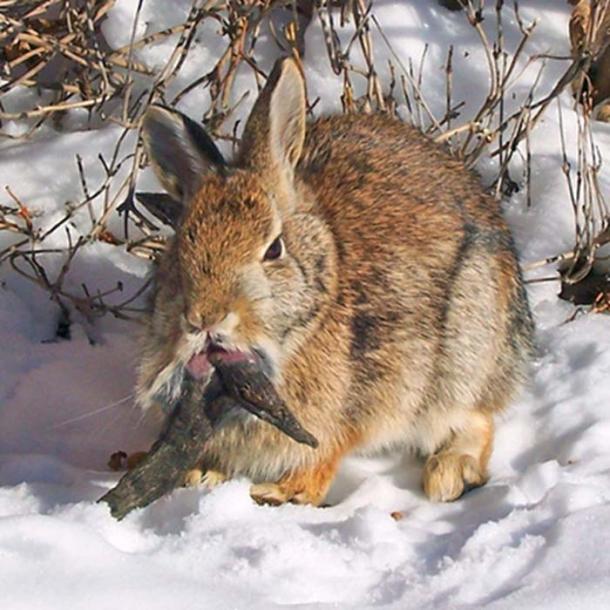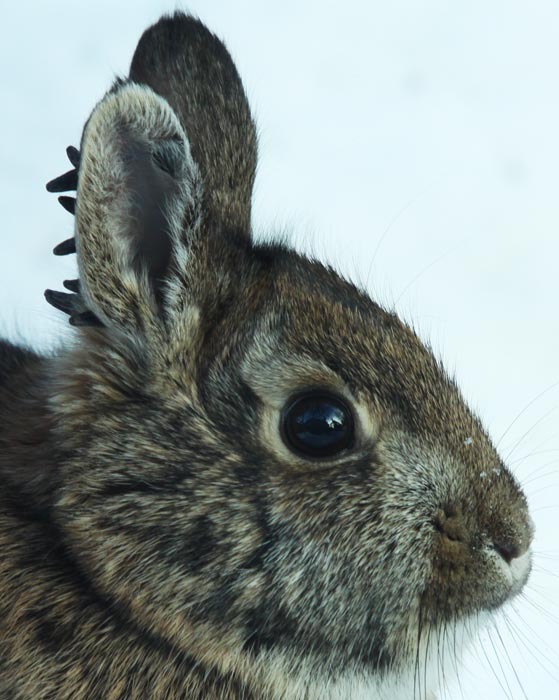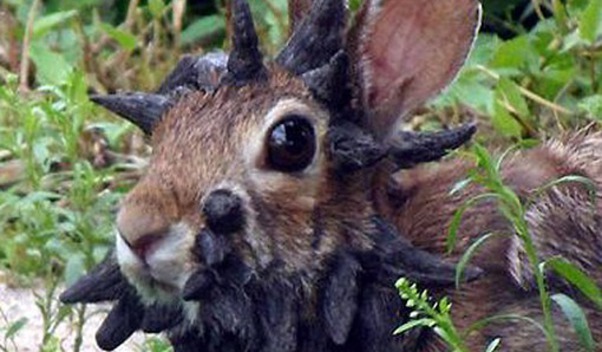Popular Animal Papillomavirus You Must Look
Ce rapport décrit l’éclosion dans une garderie canine où 13 des 52 chiens ont développé une infection suspectée par le virus du papillome canin (vpc). Different types of canine papillomaviruses have been found to be associated with distinct pathologies including exophytic warts as in canine oral papillomatosis, endophytic warts, and pigmented plaques and, in some cases, squamous cell carcinomas.
Infections by some papillomavirus types occur during the first few days of life and animals have lifelong asymptomatic infection.
Animal papillomavirus. Human papillomavirus infection ( hpv infection) is caused by a dna virus from the papillomaviridae family. While such viral diversity has not yet been described for any. Animal papillomaviruses can be transmitted in several ways and can cause a variety of warts and benign and malignant diseases.
Papillomas usually establish on the lips, tongue, throat or gums. However, in some cases, an hpv infection persists and results in either warts or precancerous lesions. This is an open access article distributed under the creative commons attribution license which permits unrestricted use, distribution, and reproduction in any medium, provided the.
A resource of the bioinformatics and computational biosciences branch at the niaid office of cyber infrastructure and computational biology. With currently 226 distinct characterized human papillomaviruses (hpvs), the majority of the established papillomavirus (pv) diversity is isolated from humans [1]. The involvement of this viral type in oral oncogenesis has been hypothesized in oral squamous cell carcinomas (sccs), but has never been investigated in other neoplastic and hyperplastic oral lesions of dogs.
Animal pvs cause distressing diseases in both farm and companion animals, such as teat papillomatosis in cattle, equine sarcoids and canine oral papillomatosis and there is an urgent need to understand the pathogenesis of these problematic infections. Papillomavirus introduction papillomaviruses (pvs) are oncogenic dna tumour viruses (iarc, 1995). Many hpv infections cause no symptoms and 90% resolve spontaneously within two years.
However, because it tends not to cause severe disease, this virus doesn’t get a lot of attention in the research world. Symptoms of papilloma virus in dogs. The tumours, which may be papillomas or fibropapillomas, are commonly called warts and have been known for a long time, probably for centuries.
In cattle bpv can be transmitted from infected females to susceptible calves through skin contact during suckling or from bulls to females during breeding. However, the disease is widely spread in horses, dogs, cats, sheep, goats, and camels. Éclosion du papillomavirus oral canin dans une garderie canine.
Lifecycle after infection virus can either produce large numbers of viral particles resulting in visible papillomas (the papillomavirus types that cause canine oral papillomas and canine cutaneous papillomas). Papillomaviruses can infect epithelia and induce proliferative disorders. The majority of dogs are asymptomatic unless the papillomas end up being infected.
Cpv1 (also called copv) is a papillomavirus responsible for oral papillomatosis in young dogs. Bovine papillomaviruses (bpvs) produce generally benign tumours of the skin and of the mucous membranes of the alimentary and urogenital tracts. However, a recent study (lange et al j clin microbiol 2011) has provided more insight into the virus.
These viruses are associated with a range of human and animal diseases. They are round and have an irregular surface, reminiscent of a cauliflower or sea polyp, and typically grow in clusters. All animals and people carry many viruses asymptomatically (without any clinical signs).
En se basant sur le retraçage des contacts, on a émis la supposition d’une excrétion subclinique du vpc. These lesions, depending on the site affected,. From the ‘first generation’ vaccines based on inactivated virus, to the latest dna vaccines, the animal systems have shown that vaccination against papillomavirus is feasible and effective both prophylactic and therapeutically.
Canine papillomavirus is spread by direct contact between an infected dog and a susceptible dog. It is now known that many genetically different papillomaviruses infect human beings, that specific types have predilections for particular anatomical sites, and certain types are known to be associated with lesions that progress to carcinoma. Papillomatosis in cattle is the most widely investigated animal papillomavirus infection.
It is not surprising to find that similar, if not identical, situations exist in other animal species. Your dog or cat has been infected with one of these papilloma viruses. However, pets with immature immune systems such as young dogs and puppies, and those that are immunocompromised (have a reduced ability to fight infections), are more prone to developing papilloma warts.
The papillomaviridaeis a family of dna viruses. Infected oral papillomas can cause pain.
NIAHNIAH Pathogenic Organisms Observed by Electron

4 photos of the rabbit who grew horns Daily Star
Infectia cu HPV Animal model papillomavirus

Papillomavirus infection of ruminants

Fantastically Wrong The Disturbing Reality That Spawned
Papillomavirus animals Traducere "Papillomavirus" în română

Rabbits with Horns Meet the Human Papillomavirus

Dan Honovich Photography Veterinary Cases Canine
Deer with hpv virus Que es papiloma en el ojo

Dan Honovich Photography Veterinary Cases Canine

Cervical carcinogenesis by HPV Download Scientific Diagram

The Truth Behind the Jackalope and Those Who Hunt the
Jackalopes, not real, but helpful Science Buzz

haemophilia Shope papilloma virus is a virus... Dastridly
Infectia cu HPV Animal model papillomavirus

haemophilia Shope papilloma virus is a virus... Dastridly
Old women with horns growing out of their heads. WTF

Small Animal Talk Help! There's a lump on my pet (part 1)


Post a Comment for "Popular Animal Papillomavirus You Must Look"